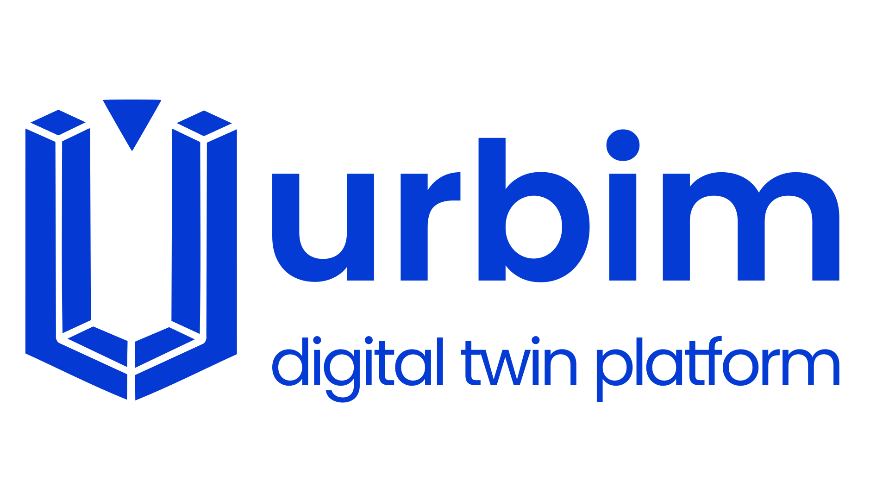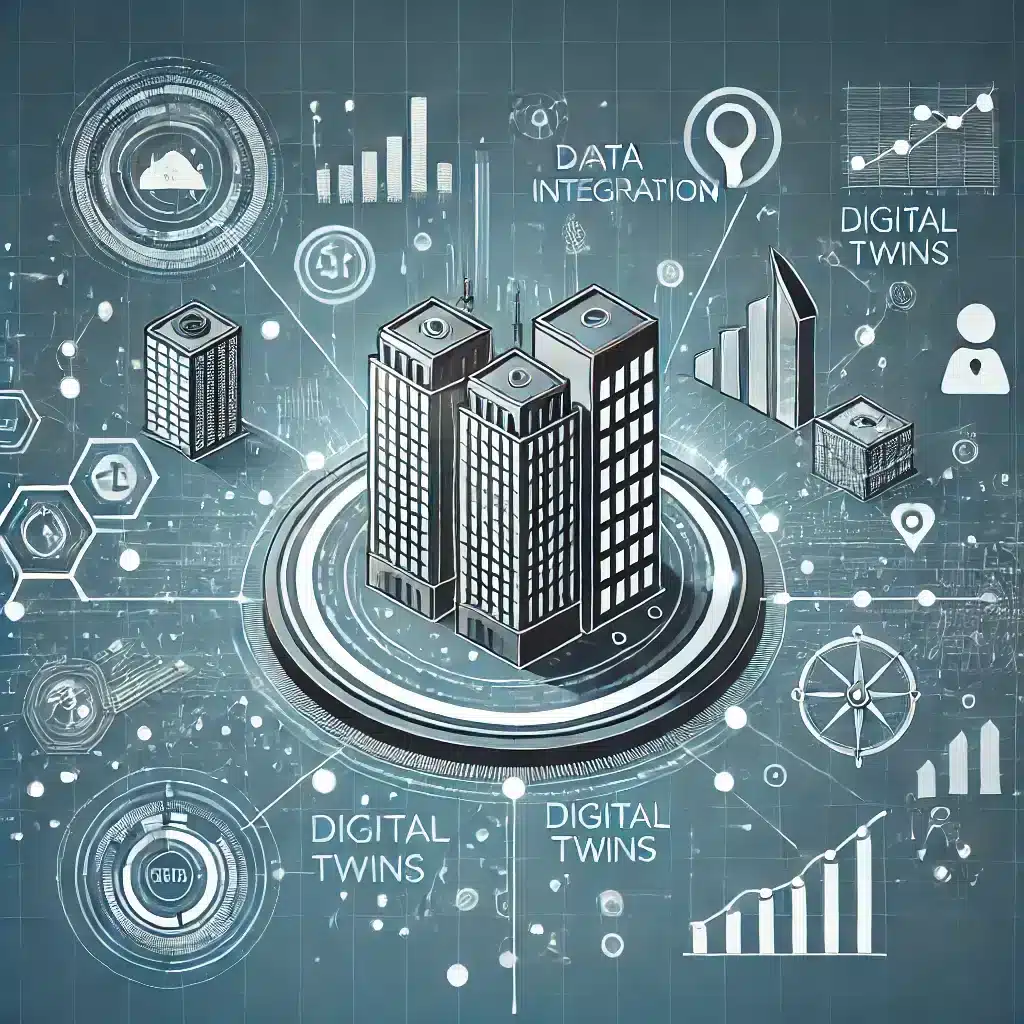Introduction to Digital Twins and Their Critical Importance
In the rapidly advancing technological landscape, the concept of digital twins has emerged as a fundamental driver of innovation across various sectors. From hotels to industrial plants and build-to-rent properties, digital twins are transforming the management and operation of large-scale facilities. By creating virtual replicas of physical assets, organizations can enhance predictive maintenance, streamline operations, and gain unparalleled insights into their operations. However, with this power comes a significant responsibility, particularly in the realm of cybersecurity.
Why Cybersecurity is Crucial in Digital Twin Management
The integration of digital twins into diverse sectors introduces new vulnerabilities. As these systems collect and process vast amounts of data—including sensitive information about operations, personnel, and assets—securing this data becomes paramount. Failure to protect it can lead to catastrophic failures, along with substantial financial and reputational losses.
The Potential Risks
Below are some potential risks associated with inadequate cybersecurity in digital twin management:
- Unauthorized access to sensitive data
- Operational disruptions due to system breaches
- Intellectual property theft
- Compliance issues with industry regulations
Key Cybersecurity Measures for Digital Twins
To safeguard sensitive data and ensure the uninterrupted operation of digital twins, it is essential to implement robust cybersecurity measures. Here are some recommended strategies:
1. Robust Authentication and Access Control
Implementing multi-factor authentication (MFA) and strict access control policies can significantly reduce the risk of unauthorized access. Ensure that only authorized personnel have access to the digital twin systems.
2. Advanced Encryption Techniques
Use strong encryption protocols to protect data both at rest and in transit. This makes it much more difficult for hackers to intercept and decipher the information [1].
3. Regular Security Audits
Conduct frequent security audits to identify and address vulnerabilities in your digital twin management systems. An effective audit process helps in keeping the system up-to-date with the latest security standards.
4. Employee Training and Awareness
Educating employees about cybersecurity best practices is crucial. Regular training sessions can significantly improve overall security posture by making employees vigilant against potential threats [2].
5. Implementing AI and Machine Learning
Use AI and machine learning algorithms to continuously monitor network activity for any signs of suspicious behavior. These technologies can help in quickly identifying and mitigating potential threats [3].
6. Securing IoT Devices
Ensure that all IoT devices connected to the digital twin are secured through firmware updates and secure communication protocols. Unsecured IoT devices can act as gateways for cybercriminals [4].
Case Study: Cybersecurity in Hotel Management
Consider a hotel using a digital twin to manage its operations and guest services. By integrating robust cybersecurity measures, the hotel can protect guests’ personal information, optimize its operation, and enhance the overall guest experience. Conversely, a breach can lead to unauthorized access to guest data, operational disruptions, and a loss of trust.
Steps Taken by Leading Hotels
Leading hotels implement layers of cybersecurity, from encryption to employee training, ensuring that their digital twin systems are resilient against a variety of cyber threats. Their robust approach to cybersecurity serves as a model for other industries.
The Role of Cybersecurity in Industrial Plants
Industrial plants use digital twins for predictive maintenance, process optimization, and real-time monitoring. However, the integration of operational technology (OT) and information technology (IT) systems creates new vulnerabilities.
Ensuring Operational Continuity
In industrial settings, cybersecurity breaches can halt production, lead to equipment failures, and pose safety risks. Therefore, a comprehensive cybersecurity strategy is essential for ensuring operational continuity and protecting valuable assets [5].
Build-to-Rent Properties: A New Frontier
Digital twins in build-to-rent properties manage everything from tenant occupancy to energy consumption, and these systems must be fortified against cyber threats. The integration of smart home systems further underscores the need for robust cybersecurity measures.
Best Practices in Cybersecurity
For build-to-rent properties, consider the following cybersecurity best practices:
- Use end-to-end encryption for all data transmissions
- Regularly update software and firmware
- Conduct tenant education programs
- Implement network segmentation to limit the impact of potential breaches
At URBIM, we understand the complexities and challenges involved in securing digital twin systems. Our dedicated team of experts is here to help you navigate these challenges and implement effective cybersecurity measures. Book a meeting with us today to learn more about how we can assist you in safeguarding your digital twin systems.
References
- ENISA – Recommendations on Critical Information Infrastructure Protection
- National Initiative for Cybersecurity Careers and Studies (NICCS)
- Forbes – The Role of Artificial Intelligence and Machine Learning in Cybersecurity /
- Gartner – Securing the Internet of Things /
- ISACA – Secure Industrial Control Systems in Four Steps /





